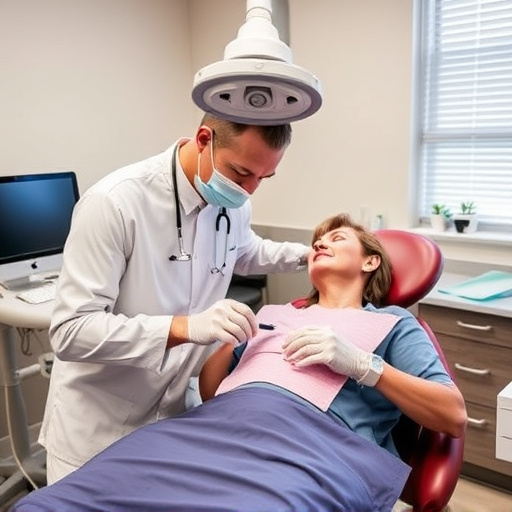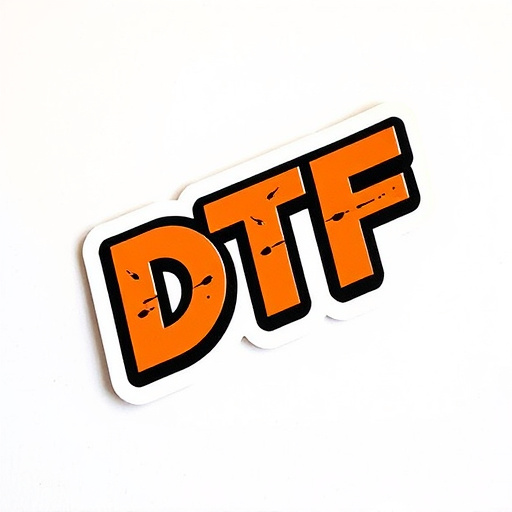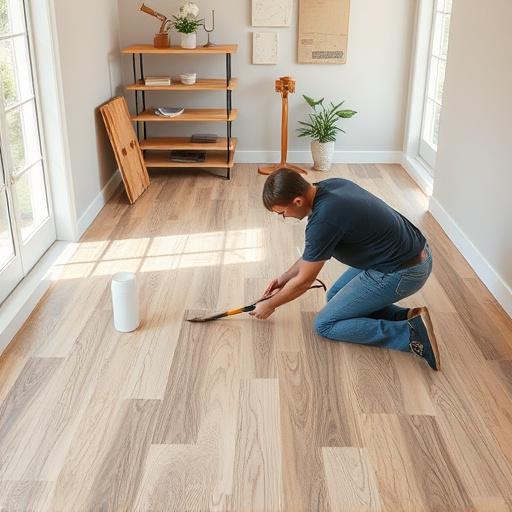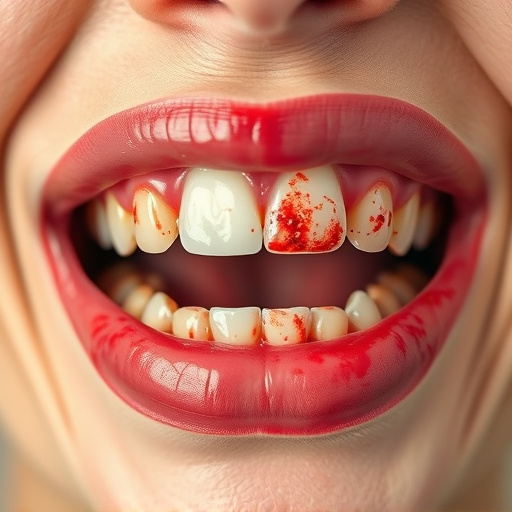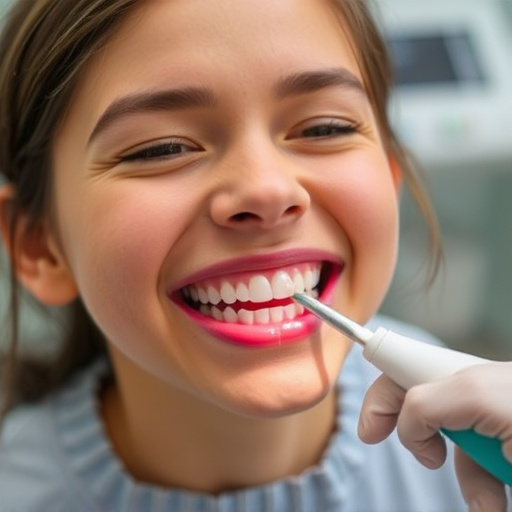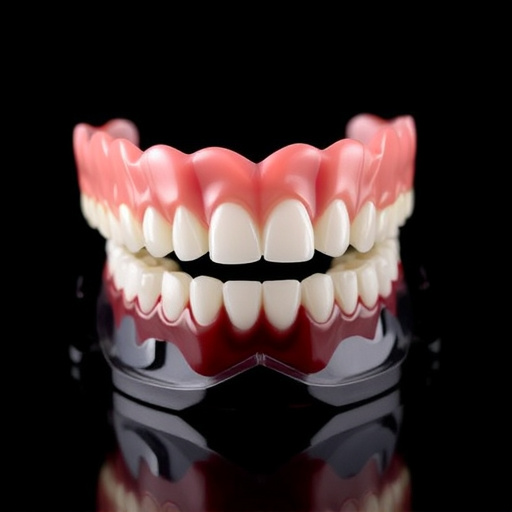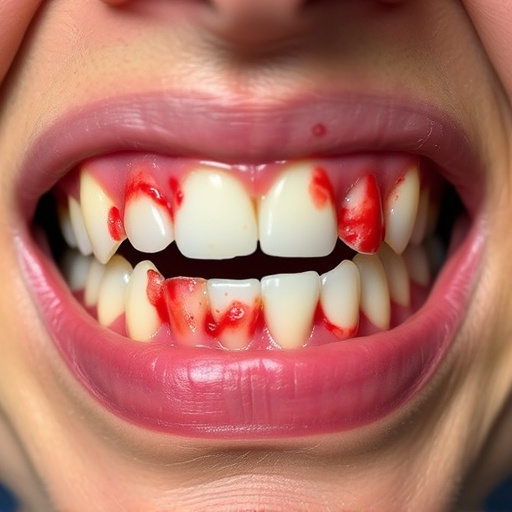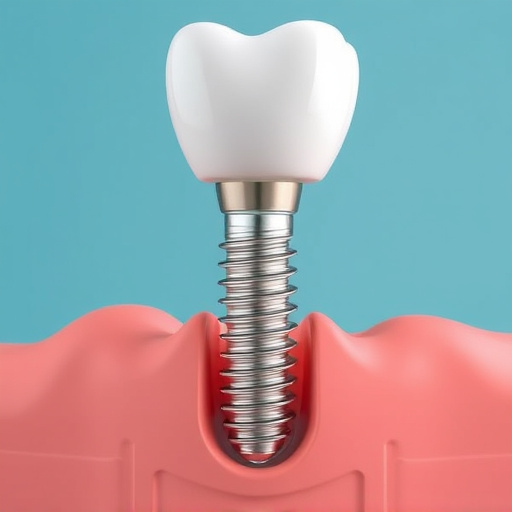Teeth grinding (bruxism) treatment involves addressing root causes like stress and sleep disorders. Non-invasive methods include mouth guards, relaxation techniques, and improved oral hygiene. For severe cases, cosmetic dentistry and restorative procedures correct misalignments and damage. Behavioral therapies, CBT, and lifestyle changes like sleep schedule adjustments and caffeine reduction are also effective teeth grinding treatment options.
Teeth grinding, or bruxism, is a common condition affecting millions. If left untreated, it can lead to significant dental damage and discomfort. Fortunately, non-invasive teeth grinding treatment options offer relief without drastic measures. This article explores comprehensive solutions, from dental devices like customized mouthguards to behavioral therapies and lifestyle changes. Understanding these diverse approaches equips you to make informed decisions about alleviating bruxism symptoms effectively.
- Understanding Non-Invasive Teeth Grinding Solutions
- Dental Devices and Customized Mouthguards
- Behavioral Therapies and Lifestyle Changes
Understanding Non-Invasive Teeth Grinding Solutions
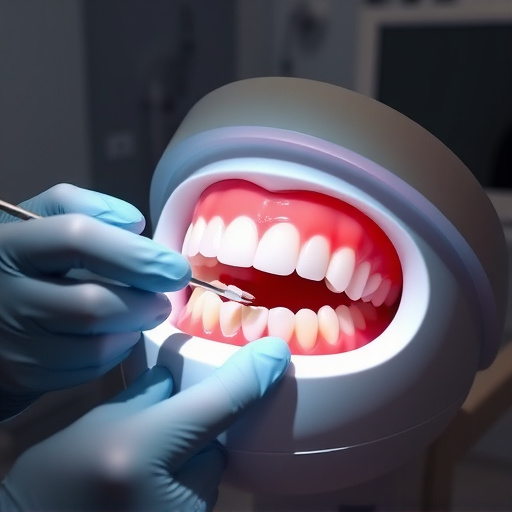
Teeth grinding, also known as bruxism, is a common issue that can lead to significant dental and overall health problems if left untreated. Fortunately, there are numerous non-invasive teeth grinding treatment options available today, offering relief and prevention for those affected. These solutions range from simple lifestyle adjustments to advanced technological interventions.
Understanding the root cause of teeth grinding is key to selecting the most effective treatment. Factors such as stress, sleep disorders, or misaligned teeth can contribute to bruxism. Non-invasive approaches often involve a combination of techniques like wearing mouth guards while sleeping, practising relaxation exercises, and adopting better oral hygiene routines. For more severe cases, cosmetic dentistry procedures like dental veneers or restorative dentistry techniques like tooth repair and filling may be recommended. These methods not only address the symptoms but also work towards long-term relief by correcting underlying misalignments or damages caused by bruxism.
Dental Devices and Customized Mouthguards
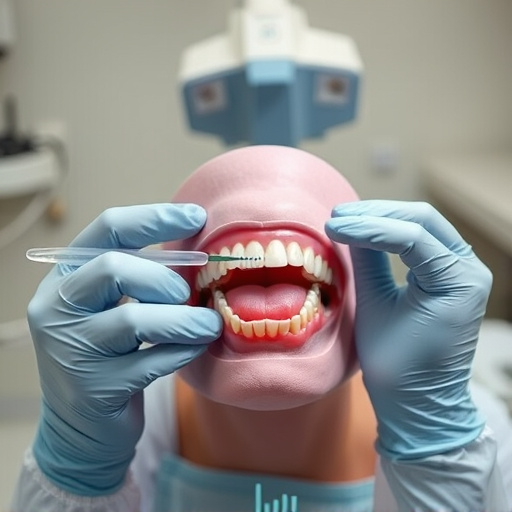
Dental Devices and Customized Mouthguards play a significant role in teeth grinding treatment. For those suffering from bruxism, or chronic teeth grinding, these options offer a non-invasive approach to managing symptoms. Dental devices include specialized mouthpieces designed to relax the jaw muscles and prevent grinding during sleep. These appliances can be customized to fit individual mouths for maximum comfort and effectiveness.
Customized mouthguards, often made from soft, comfortable materials, are crafted to fit precisely over the teeth. They work by altering the bite position, reducing stress on the temporomandibular joint (TMJ), and minimizing tooth wear. While they may not stop grinding entirely, these devices help mitigate damage caused by bruxism. Incorporating dental devices and customized mouthguards into a broader preventive dentistry routine, including regular oral exams and careful monitoring of teeth grinding habits, can significantly contribute to overall oral health.
Behavioral Therapies and Lifestyle Changes
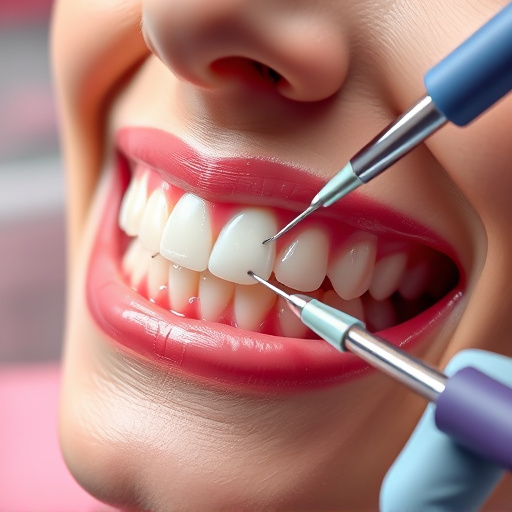
Behavioral therapies and lifestyle changes play a significant role in managing and treating teeth grinding (bruxism). One common approach is cognitive-behavioral therapy (CBT), which helps individuals identify and change negative thought patterns and behaviors contributing to teeth grinding. This may include relaxation techniques, such as deep breathing exercises, meditation, or progressive muscle relaxation, to reduce stress and tension that can trigger bruxism.
Additionally, making certain lifestyle adjustments, like maintaining a regular sleep schedule, reducing caffeine intake, and practicing good oral hygiene through regular dental cleanings and proper brushing techniques, can significantly alleviate teeth grinding symptoms. For some, clear aligners or other orthodontic treatments might also be recommended to address any underlying bite issues that could be exacerbating the condition. These non-invasive methods offer effective teeth grinding treatment options, promoting better oral health and overall well-being.
Teeth grinding treatment doesn’t have to be invasive. By understanding your options, from dental devices like customized mouthguards to behavioral therapies and lifestyle changes, you can effectively manage and alleviate chronic teeth grinding. These non-invasive solutions offer a gentle, comfortable approach to restoring sleep quality and oral health, allowing you to live life to the fullest without the constant worry of tooth wear or discomfort.
